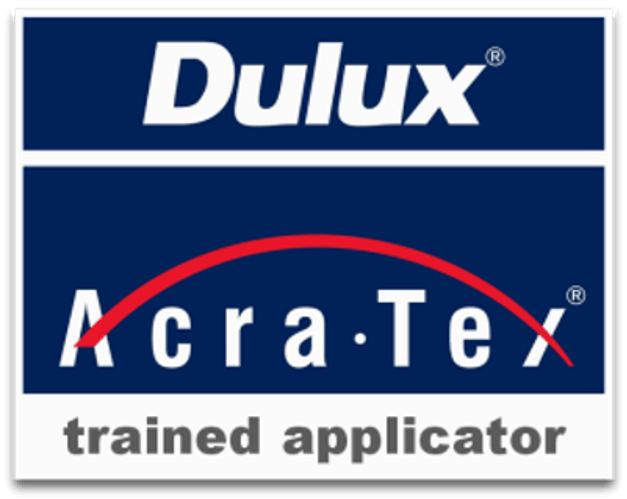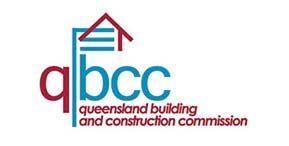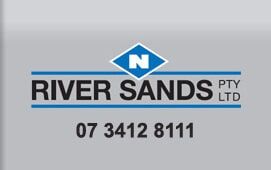FREQUENTLY ASKED QUESTIONS
Find The Answers You Need
- What Is Rendering?
Rendering refers to the process of coating interior and exterior surfaces to enhance their aesthetics and strength. Rendering typically involves the application of a premixed layer of sand and cement to brick/blockwork, concrete or stone. It is often textured, coloured, or painted after application. It is generally used on exterior walls but can be used to feature an interior wall i.e. polished render finish. Rendering prepares a subsurface like a wall for texturing or painting.
- How does our traditional sand and cement system work?
This method of rendering is a more traditional trade and requires more experience and craftmanship on the part of the tradesman. It involves site mixing our own render using quality graded sands and binders. Our sand is sourced from Riversands Australia with cement from GP Cement from Sunstate Cement Ltd. The sand is checked for compliance prior to delivery to ensure quality and suitability for our render system.
Our sand and cement render system is a 3:1 sand to cement ratio with the addition of plasticiser. The mix provides for a harder rendered finish without the brick lines.
Our use of acrylic bondcrete sealer on the brickwork ensures an even finish, adhesion and allows our render finish to have no visible mortar lines (shrinkage). In comparison, pre-mixed renders in the bag, can often shrink back and show bricklines through the finished product. Our sand and cement finish cures much harder than other renders available on the market.
Our sand and cement sponge finish is a fine sand finish compared to the course grain finish in today’s bagged renders. The fine sand finish has a more aesthetically pleasing finish than can be achieved from a pre-mix version.
All sand & cement render is applied 6-10ml and screeded flat for a professional finish in all angles of light. By comparison, pre-mixed bagged renders are designed to skim coat substrates with a thin application, commonly showing mortar lines in the finished work.
It is also important to overcoat the sand and cement render with a quality exterior membrane paint. We use Rockcote Armour membrane paint or Dulux AcraShield to topcoat the rendered finish. These products are more durable than a standard exterior paint and have been formulated with both thickness and flexibility (slight elasticity) that helps to bridge minor cracking, providing the ultimate protection for the render.
- Do you need to paint cement render?
Most render systems require painting in order to provide a protective film to shield the render from the elements. MJ Render use Rockcote Armour membrane paint or Dulux AcraShield to provide a weather-proofing topcoat for optimum weatherability. These products are more durable than a standard exterior paint and have been formulated with both thickness and flexibility that helps to bridge minor cracking offering greater long-term protection against the expansion, contraction and movement experienced in building substrates. Check out the product specifications below:
https://www.rockcote.com.au/articles/choosing-best-paint-rendered-homes
https://www.dulux.com.au/specifier/products/194X0100
- What Maintenance Is Required For My Rendered/Textured House?
Rendered and textured surfaces require little maintenance besides periodic low-pressure water cleaning and sponging.
- Why Do I Need A Professional Renderer?
Licenced renderers must complete a four-year apprenticeship. The rendering profession is demanding and requires specialised knowledge. Many home and business owners find out the hard way that hiring a professional company has many advantages relative to attempting to render on your own or trying to cut costs by using an under qualified tradesman.
- What is acrylic rendering?
An acrylic render is any type of render that uses acrylic, which is a type of plastic, in the mix. The acrylic makes the render more flexible than traditional rendering mixes, which means that it is much less likely to crack after it has been applied. Acrylic render is easy to apply and it can be rolled, trowelled or even sprayed onto a surface. Two coats are generally applied.
- Advantages of acrylic rendering
The biggest advantage of using acrylic rendering on the exterior of your home is the fact that it is so much less likely to crack over time due to its flexibility. This means that you don't have to worry about the natural expansion and contraction of your home causing unsightly hairline cracks throughout your render.
Acrylic rendering is attractive and it can be applied in a range of ways, allowing you to create different finishes. You could opt for a finish that is smooth just like concrete or one that's attractively textured.
Another benefit of acrylic rendering is that it can be applied to a range of surfaces including painted walls, concrete, timber, fibre cement and so on.
- How Long Does A Rendered Surface Require To Cure Before Painting?
It varies depending on the rendering or texturing material used. Acrylic renders can cure fully within 48 hours. However, traditional cement and sand renders may require up to four weeks to cure.











